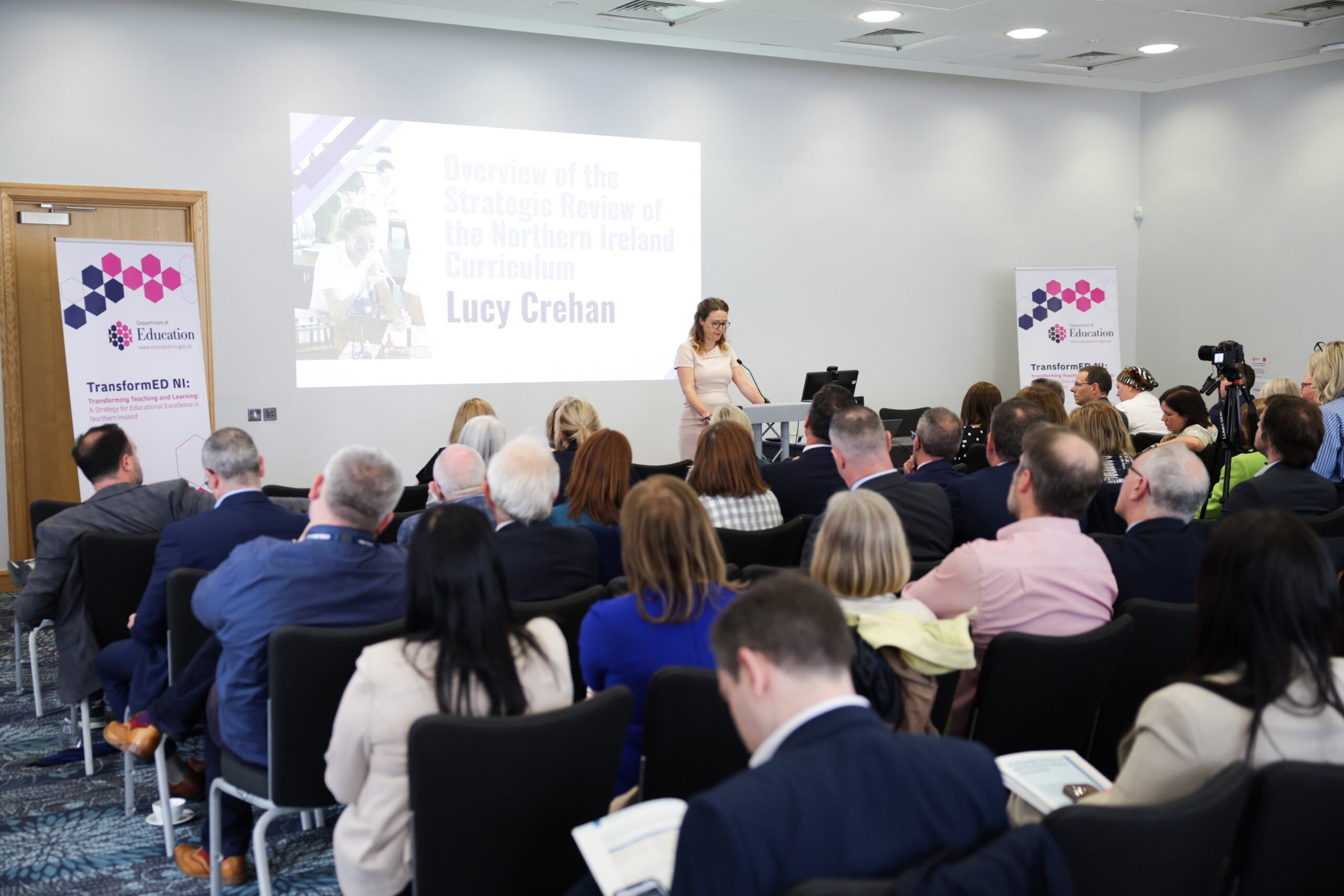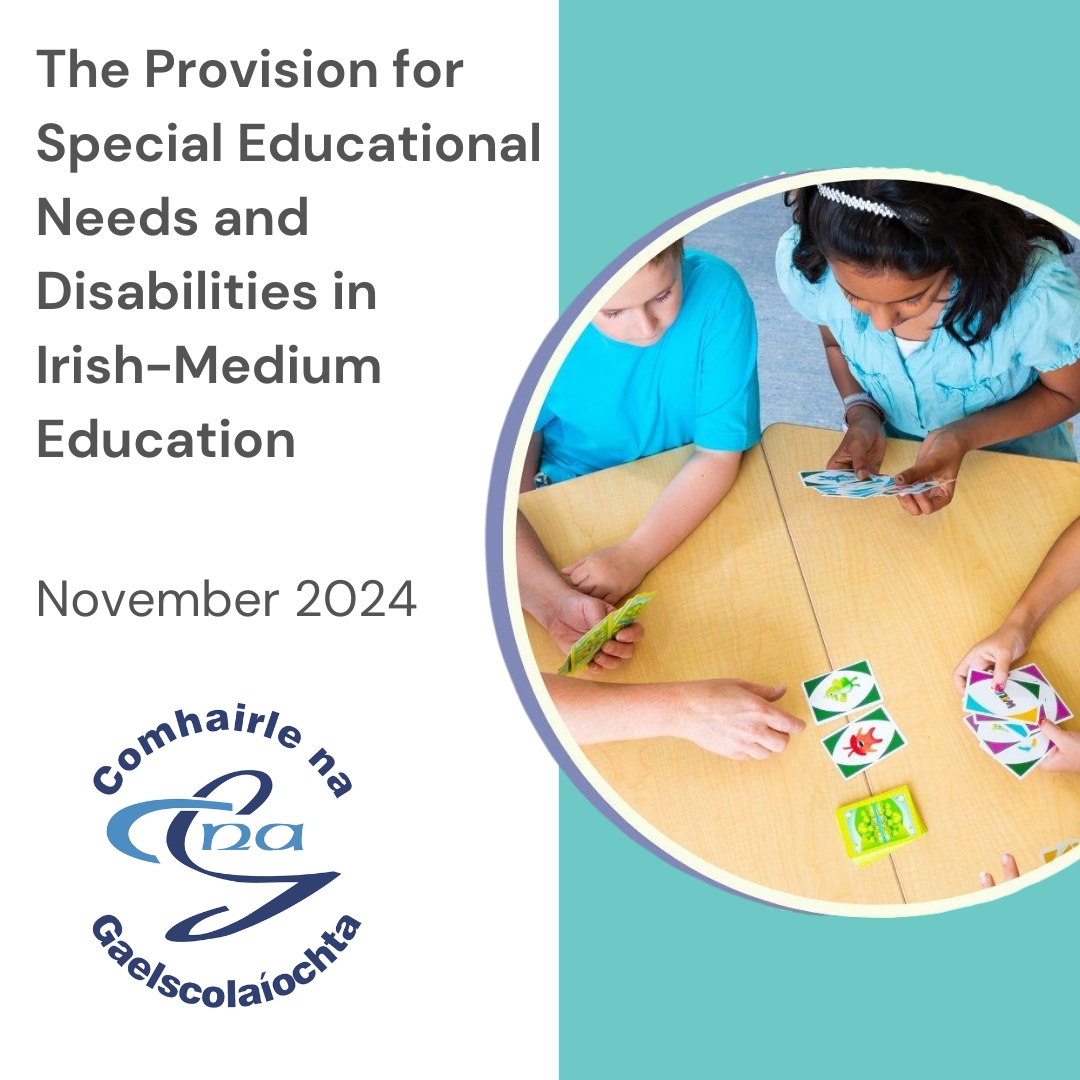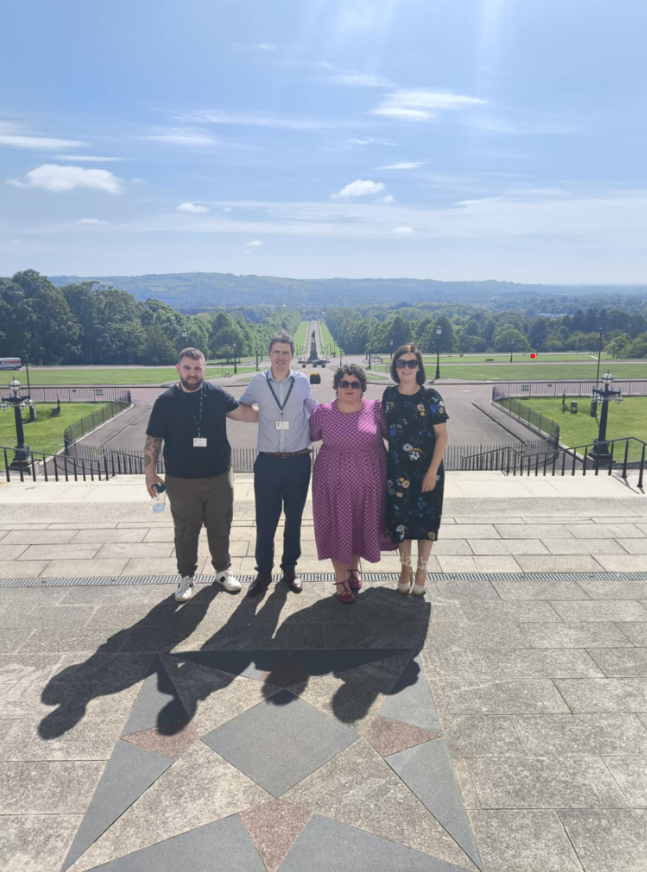Comhairle na Gaelscolaíochta welcomes the recognition given in the Independent Review of the Curriculum, launched by the Department of Education on 3rd June, to the particular challenges that the current curriculum poses to effective teaching and learning in an Irish-medium context.
Irish-medium practitioners have long recognised that the current curriculum does not deal effectively with the nuances of immersion education and that it was not representative of the learning journey through Irish-medium education. The review’s author, Lucy Crehan, has set out a range of recommendations to address this shortcoming.
Among the recommendations made in the review, a clear target is set to ‘ensure appropriate curricula and resources for Irish-medium pupils’ and specifically mentions ‘a lack of assessment resources and a lack of professional learning, which are barriers to equality.’
The Chief Executive of Comhairle na Gaelscolaíochta, Maria Thomasson, thanked Lucy Crehan for the opportunities she gave to CnaG and practitioners in the sector to present to the Review panel on the shortcomings of the current curriculum and on recommendations for a new curriculum:
‘It is clear that Lucy and her colleagues were greatly influenced by what was said by Comhairle na Gaelscolaíochta and sectoral practitioners. We are very grateful to have had the opportunity to explain the distinctive learning journey of Irish-medium pupils, in the context of immersion education, and look forward to being fully involved in the implementation of the Review’s recommendations in the future.’
A copy of the Review in full can be found here: Review of the Northern Ireland Curriculum | Department of Education




